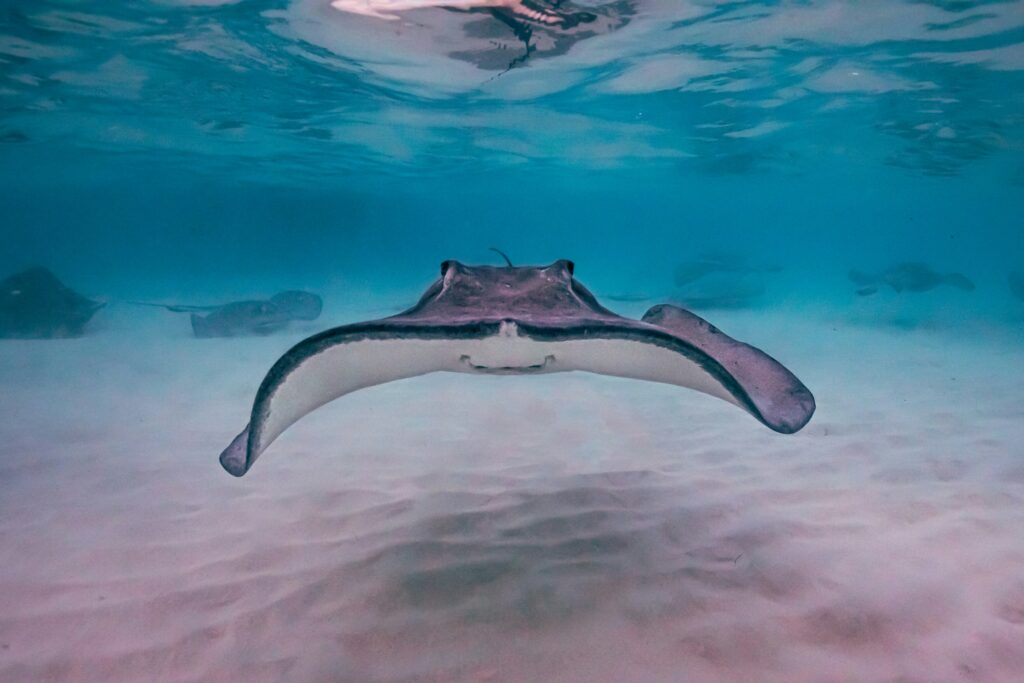
Understanding Currency in the Cayman Islands
So, you’re planning a trip to the beautiful Cayman Islands, and you’re already dreaming of sun-soaked beaches and clear blue waters. But here’s a question that might be buzzing in your mind: Should you stick to the local currency (KYD) or go with USD for savings? Let’s unravel this mystery together!
A Quick Overview of Currencies
The Cayman Islands has three official currencies: the Cayman Islands Dollar (KYD), the U.S. Dollar (USD), and a bit of the British Pound (GBP) because, you know, history. But let’s focus on the first two. The KYD is pegged to the USD at about 1 KYD to 1.20 USD. What does that mean for you?
Well, it means that while you can spend USD easily across the islands, using KYD can sometimes give you a better bang for your buck—especially if you decide to invest or save in a bank.
Why Choose KYD for Savings?
Alright, let’s dive into why using KYD is often recommended for savings. Here are a few reasons:
1. Local Interest Rates
Believe it or not, banks in the Cayman Islands often offer better interest rates on savings accounts if you’re using KYD. For example, you might find savings accounts earning upwards of 2%—which is a pretty sweet deal when compared to what you get back home. Kind of like finding a $20 bill on the street, right?
2. Currency Stability
Thanks to its stable economy and the peg to USD, KYD is not only stable but also offers a sense of security for long-term savings. Think about it: Would you rather save in a currency that’s familiar or one that could fluctuate wildly? It’s sort of like deciding between the safe path through the woods and the rugged cliff trail. The woods may be a little slower, but they sure are a lot less stressful.
3. Avoiding Exchange Rate Loss
When you’re saving in USD but spending in KYD, remember that converting funds can occasionally come back to bite you with unfavorable exchange rates. Let’s say you’re looking to save for your dream beach house. If you’re converting all the time, those little fees can creep up faster than you thought. Best to go native where you can!
Why You Might Stick With USD
Of course, every rose has its thorn, and the USD has its own dividends. Here’s why you might still consider keeping your dollars:
1. Universal Acceptance
If you plan to mostly indulge in tourist activities, you’ll encounter businesses that readily accept USD. In fact, some will even give you change in USD, which means less of a hassle when grabbing a bite at the local café or splurging on those stunning handmade souvenirs.
2. Familiarity and Convenience
Let’s be honest—dealing with two currencies can feel like juggling chainsaws while riding a unicycle. Using USD means you won’t have to constantly crunch numbers in your head trying to figure out how much you’re actually spending. Plus, if you’re traveling from the U.S., it simplifies things quite a bit. It’s like trying to navigate a new city with a map vs. just using your trusty GPS app.
Making Your Decision
Now that we’ve explored both sides, how do you decide? Here are a few things to consider:
1. Duration of Stay
If you’re vacationing for a week, you might not want to complicate your experience by learning a whole new monetary system. In this case, USD is probably your best bet. But if you plan to stick around longer, maybe for work or an extended stay, embracing KYD could be worth your while.
2. Local Banking Options
If you’re considering opening a bank account, look into local banks that offer competitive rates for KYD accounts. You might just find a great savings account with perks that make the switch feel like a no-brainer. Personal experience? I found a bank that even offered cash bonuses for new accounts, which felt like a warm hug for my wallet!
3. Transactions
Have a plan for major purchases. If you’re splurging on that waterfront property or fancy car, it may be beneficial to handle those transactions in KYD. Paying in the local currency for large purchases can help avoid any sticky currency conversion issues.
Final Thoughts
Ultimately, the choice between using KYD or USD for savings in the Cayman Islands comes down to your plans, preferences, and comfort level. For occasional visits, USD holds court. For long-term savings and investments, KYD often shines brighter. If you’re still unsure, consider chatting with a local financial advisor—they’ll have personal opinions that could help steer you right.
So go ahead, feel empowered to make your move. Whether you’re saving for a quiet retreat or planning that once-in-a-lifetime trip, the Cayman Islands can be everything you dreamed of and more—especially when you’re in control of your finances.
Related: Explore more about the amazing Cayman Islands.
**Related Reading:** – [Related: How to Plan a Solo Trip on a Budget] – [Related: Top Destinations for First-Time Solo Travelers] **#SoloTravel #Pay #KYD #USD #Savings #Cayman #Islands**
